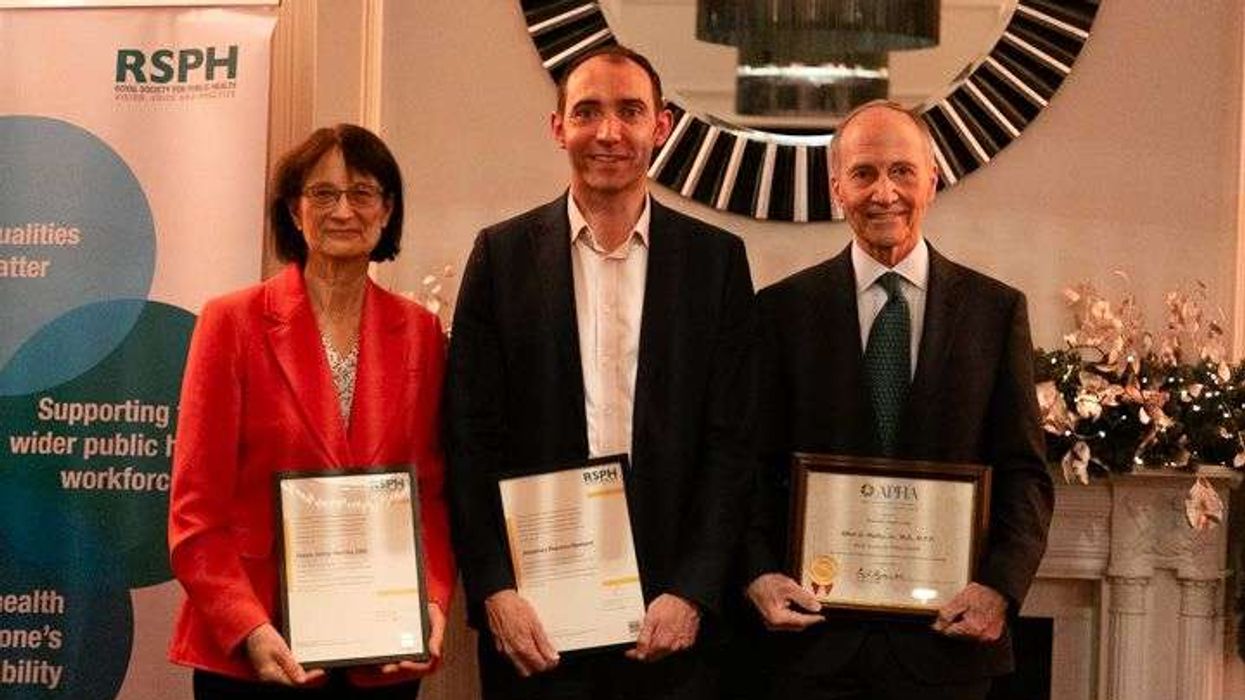Key Summary
- NICE draft guidelines mark the biggest shift in type 2 diabetes care in a decade, focusing on prevention and personalised treatment
- Early use of SGLT-2 inhibitors and GLP-1 drugs recommended to protect heart and kidneys, not just control blood sugar
- Addressing inequalities and under-prescription could save up to 22,000 lives, with support for digital tools and community-based care
The National Institute for Health and Care Excellence (NICE) has announced an overhaul in its ‘one-size-fits-all’ approach to personalised treatments for type 2 diabetes patients in its latest draft guidelines.
The “biggest shake-up” in type 2 diabetes treatment after a decade, aims to prevent serious health problems like heart failure, heart attack, etc.
“This is particularly important given that cardiovascular disease is the leading cause of death in people with type 2 diabetes,” said Professor Jonathan Benger, deputy chief executive and chief medical officer at NICE.
NICE’s independent guideline committee has recommended the use of SGLT-2 inhibitors and GLP-1 receptor agonists in the early-stage cure.
These drugs are usually administered during the last stage treatments.
It has also suggested SGLT-2 inhibitors for patients who cannot tolerate the traditional first choice medication, metformin.
Data states that these drugs protect the patients’ heart and kidney while managing their blood sugar.
However, NICE has expressed concern over the issue of under-prescription of these drugs.
The study found that out of 590,000 patients, the SGLT-2 inhibitors were rarely prescribed, especially for women, older people and black, or black-British people.
Studies proved the administration of these drugs could save nearly 22,000 patients by prescribing them to 90 per cent of type-2 diabetic population in the UK.
Type 2 diabetes patients have been urged to discuss treatment options with their healthcare professional at their next annual review.
The draft guideline supports the NHS 10-Year Plan’s focus on prevention and reducing future complications, and promotes digital care tools like continuous glucose monitoring and expands community-based services.
“We're moving beyond simply managing blood sugar to taking a holistic view of a person's health,” commented Professor Benger.
Hence, “these guidelines could go a long way to easing the burden of living with this relentless condition, as well as helping to address inequities in type 2 diabetes treatments and outcomes," commented Douglas Twenefour, head of clinical at the charity Diabetes UK.













